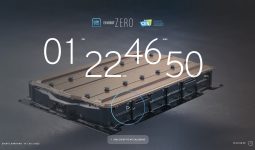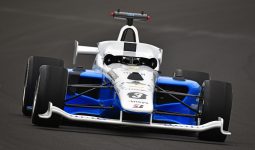Aptiv Machine Learning-Powered Radar Sees What You Can’t
Aptiv traveled to CES 2022 to showcase the improvements it has made to its suite of advanced driver assistance systems. It notably leveraged the power of machine learning technology to help its self-driving prototypes detect and classify objects, even those that are out of sight.
Think of a self-driving car as a human being; radars are the eyes and machine learning technology is the brain. Fitting radars to a car’s body allows it to scope out the environment it operates in. It can detect that there’s a car in front of it, that there’s a bike coming the other way, and that there’s a traffic light it needs to stop for. These are fairly straightforward tasks that most self-driving prototypes already perform.
Machine learning takes this feature to the next level by allowing a car to remember the different scenarios and objects it has encountered. In turn, it can plan ahead: it knows that there is, say, a crowded bus stop around the corner that it might need to slow down for.
While prototypes can expand their knowledge by racking up test miles, Aptiv also feeds them a tremendous amount of data to help them learn as quickly as possible. It has amassed a catalog of 360-degree scenes that includes challenging urban scenarios and tightly grouped objects, which can easily confuse a car’s brain. The firm’s catalog includes over 100,000 tracked objects, and they’re all annotated.
Aptiv notes that machine learning has the potential to help its engineers and its clients take a radar-centric approach to teaching cars how to drive themselves (or how to support the driver when driving becomes tedious). This solution has several benefits: A radar costs less than a comparable lidar, for example, and it uses relatively little power. Using a radar also facilitates the task of packaging a suite of self-driving or semiautonomous hardware and software into a car while eliminating some of the privacy concerns associated with cameras, according to the company. And, it’s a system that allows the car to see, classify, and consequently analyze its surroundings in a wide variety of conditions.
Radar-equipped prototypes are reportedly capable of operating in low-light conditions, at night, in the rain, in a snowstorm, and in dense fog. While the odds of seeing a blizzard in downtown Las Vegas are relatively low, even in early January, Aptiv is demonstrating its radar-based perception system during CES 2022 in a modified 2021 Ford Mustang Mach-E.




